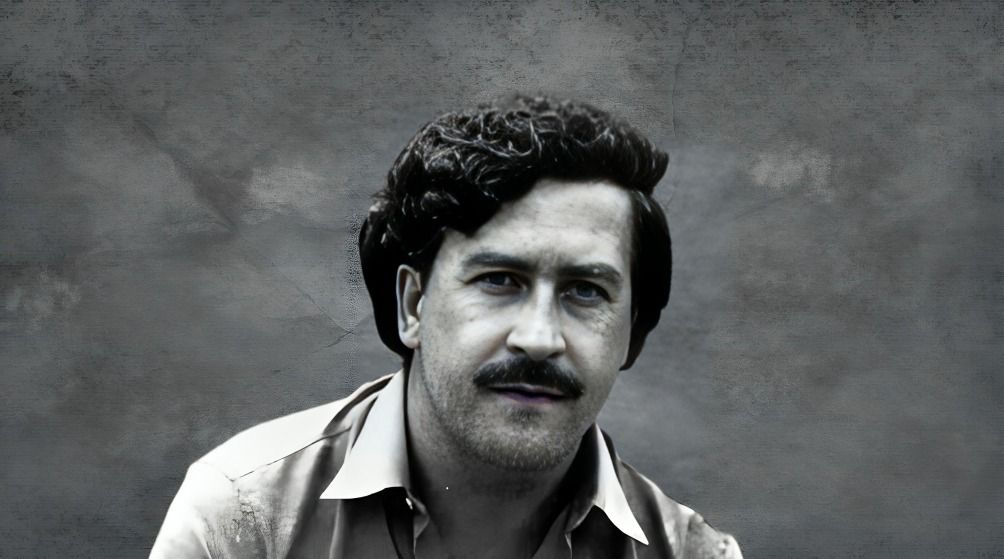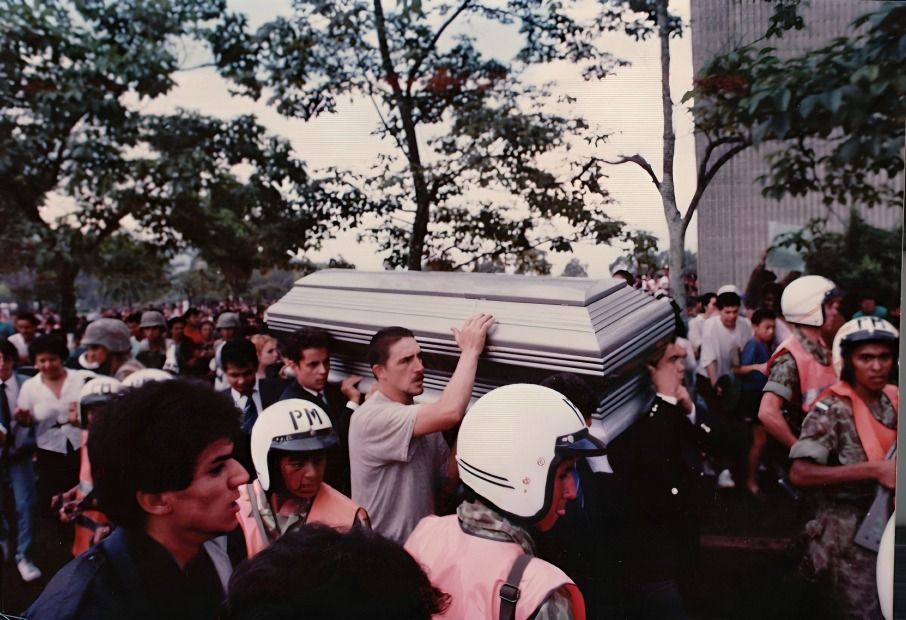
“
Pablo Escobar, the "King of Cocaine," built one of the world's most powerful drug empires as the head of the Medellín Cartel. His wealth and influence reshaped Colombia’s drug trade and political landscape. In this blog, we’ll explore 20 intriguing facts about Escobar, revealing his ruthless tactics, his surprising generosity to Colombia’s poor, and the complexities of his legacy. From extreme wealth to violence and power, discover the man behind one of history’s most infamous criminal empires.1
”
Pablo Escobar is infamous as the head of the Medellín Cartel, one of the most powerful drug trafficking organizations in history. At his peak, he controlled nearly 80% of the world's cocaine trade.1
Escobar’s wealth was unimaginable—at the height of his power, he was worth over $30 billion, making him one of the richest men in the world by the 1980s.2
Pablo Escobar built his own prison, La Catedral, in Colombia. Unlike a traditional jail, it featured luxuries like a nightclub, sauna, and a huge swimming pool.3
Escobar's personal army included thousands of men. He was known to have employed hitmen and mercenaries to carry out his violent orders, eliminating rivals and law enforcement.4
Escobar was known for his extreme generosity in his hometown of Medellín, where he built housing, soccer fields, and even a zoo for the community, earning the nickname "Robin Hood" among some locals.5

In 1989, Escobar was named by Forbes as one of the world's richest men, with an estimated net worth of $9 billion, despite his illegal activities and evading taxes.
Escobar’s love for animals was evident when he brought exotic animals to his private zoo. This included hippos, which have since become a significant part of the Colombian ecosystem.6
Escobar’s violent tactics included bombings. His cartel carried out numerous bombings across Colombia, including the bombing of Avianca Flight 203, killing 110 people, as part of his campaign against extradition.7
Escobar’s cartel was so powerful that he was able to bribe politicians, judges, and even law enforcement officers. His reach in Colombia’s government was vast, making him almost untouchable for years.8
Pablo Escobar's villa in Miami was said to have been the site of lavish parties, where he rubbed elbows with Hollywood celebrities, athletes, and politicians during his reign in the 1980s.9
Escobar’s obsession with power led him to challenge the Colombian government. His ultimate goal was to prevent his extradition to the United States and keep his reign over the drug trade intact.10

Pablo Escobar was responsible for over 4,000 deaths, including police officers, judges, journalists, and politicians, all targeted for opposing him or getting in the way of his drug empire.
Escobar’s ability to evade authorities was unparalleled. He spent years on the run, hiding in safe houses and using an elaborate network to avoid capture, despite being one of the most wanted men in the world.11
He once offered to pay off Colombia’s national debt, which was valued at $10 billion, in exchange for political immunity and immunity from extradition. His offer was rejected.12
Escobar’s notorious “war on drugs” was part of a larger global conflict. His cartel’s operations affected international drug enforcement agencies, especially the U.S., who were determined to bring him down.13

Pablo Escobar was a family man, with a wife, Maria Victoria Henao, and two children. Despite his violent lifestyle, he always insisted that his family was his priority, even in his criminal empire.
Escobar was ultimately killed in 1993 by Colombian police after a lengthy pursuit. His death marked the end of the Medellín Cartel's dominance in the drug trade, although violence continued for years afterward.14
Escobar had a fascination with art. He was known to have commissioned numerous works from famous artists, and some of his artwork was discovered after his death in hidden storage.15
Pablo Escobar spent millions on securing his criminal empire. For example, he would burn large amounts of money to keep warm during winter while hiding in the jungle with his family.16
Escobar’s legacy is still felt today, with his name remaining synonymous with the dangerous power of the drug cartels in Latin America, as well as the social issues caused by his violent actions.17


